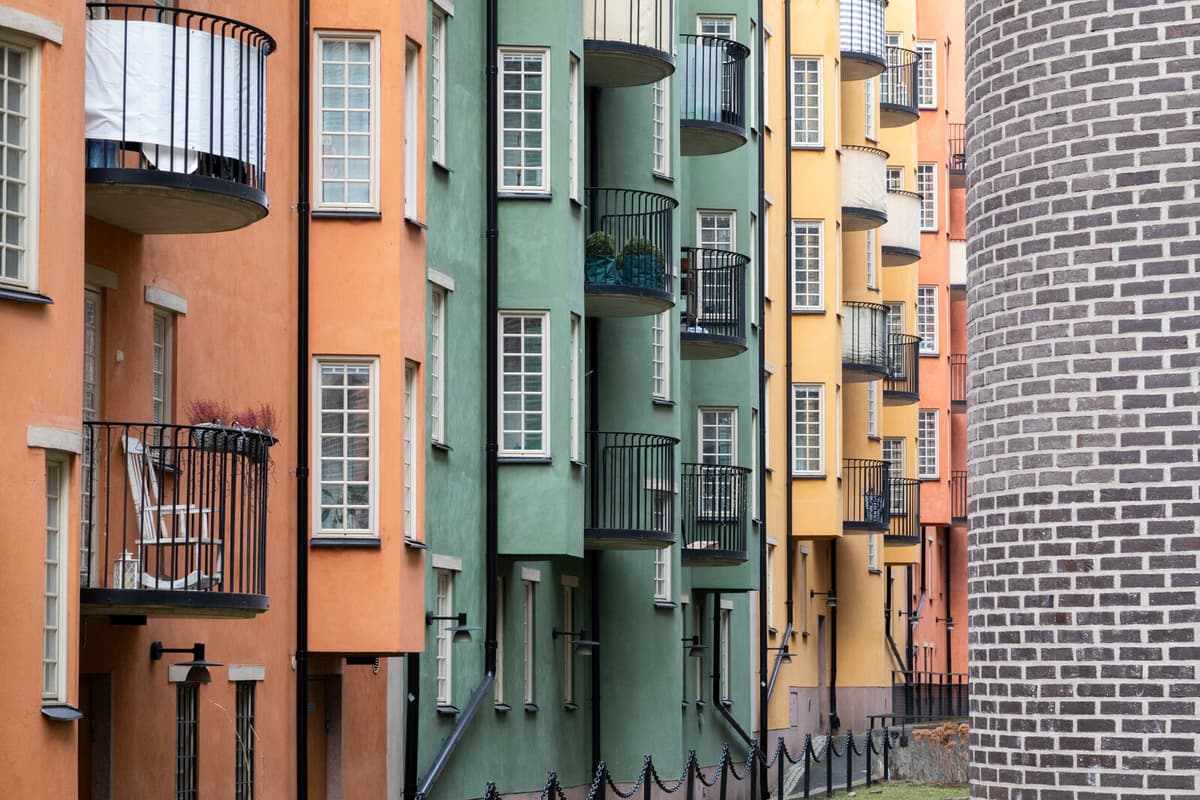Housing prices as a whole increased by 0.6 percent in Sweden in March, according to new statistics from SBAB and Booli.
So far this year, it's an increase of 2.9 percent, which Robert Boije describes as weak.
Even though prices have risen, they haven't risen as much as they usually do at this time of year. Underlying, it seems like they're moving sideways or even falling, he says.
Fear of interest rates
Therefore, it's uncertain whether the bank's forecast for the full year will hold, according to Boije.
In our forecast, we've landed on prices rising by 6 percent, but then we've counted on them rising more during the beginning of the year than they have. If we get another weak month, we'll probably have to review our forecast, he says.
Several factors can be behind the weak development, says Boije. One is uncertainty in the surrounding world.
We also see it in that new production isn't taking off and neither is the demand for new homes. If you're going to make big investments, uncertainty is the worst thing you know.
Another factor can be several years of falling real incomes and that households' purchasing power is low.
People are worried about what will happen with interest rates. It also affects the housing market, just like we still have an extremely large supply, says Boije.
Villas took off
Villa prices rose by 0.4 percent in March and are now 12 percent lower than at the peak in the spring of 2022, i.e., before the inflation and interest rate shocks hit. Apartment prices rose by 0.9 percent in March and are now 2 percent from the peak.
That villa prices have further to go is likely due to villa prices rising more than apartment prices during the pandemic, according to Boije.
What we're seeing is a correction of the price effect, now there isn't the same need to work from home as then, says Robert Boije.





